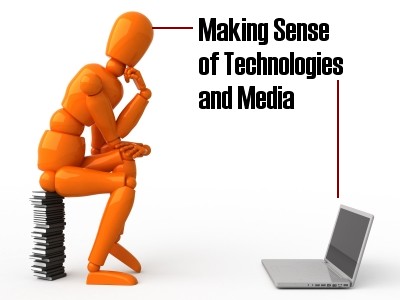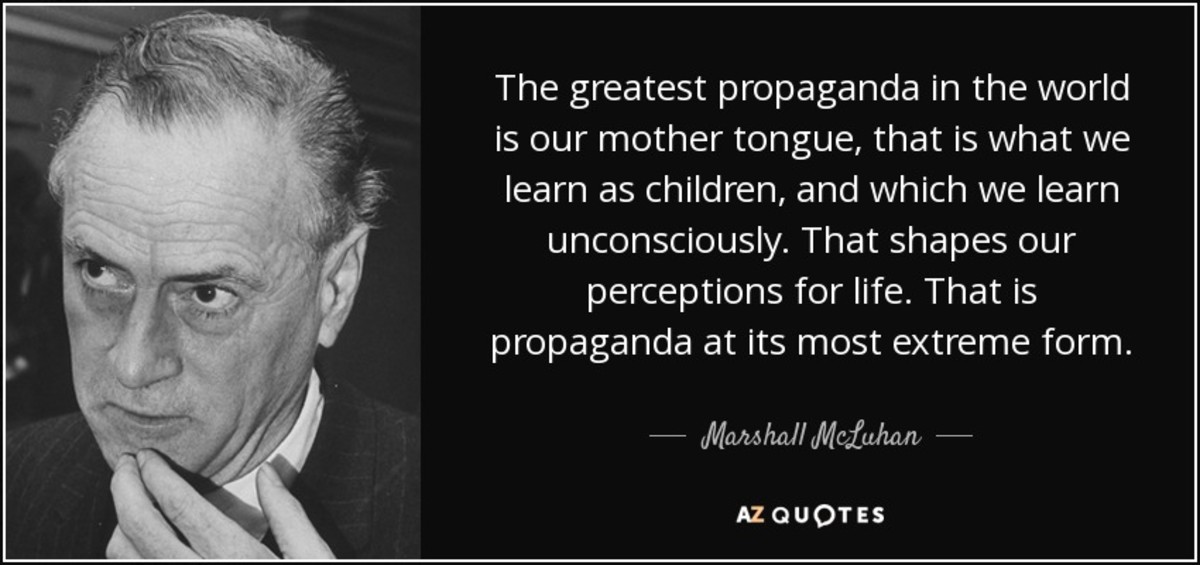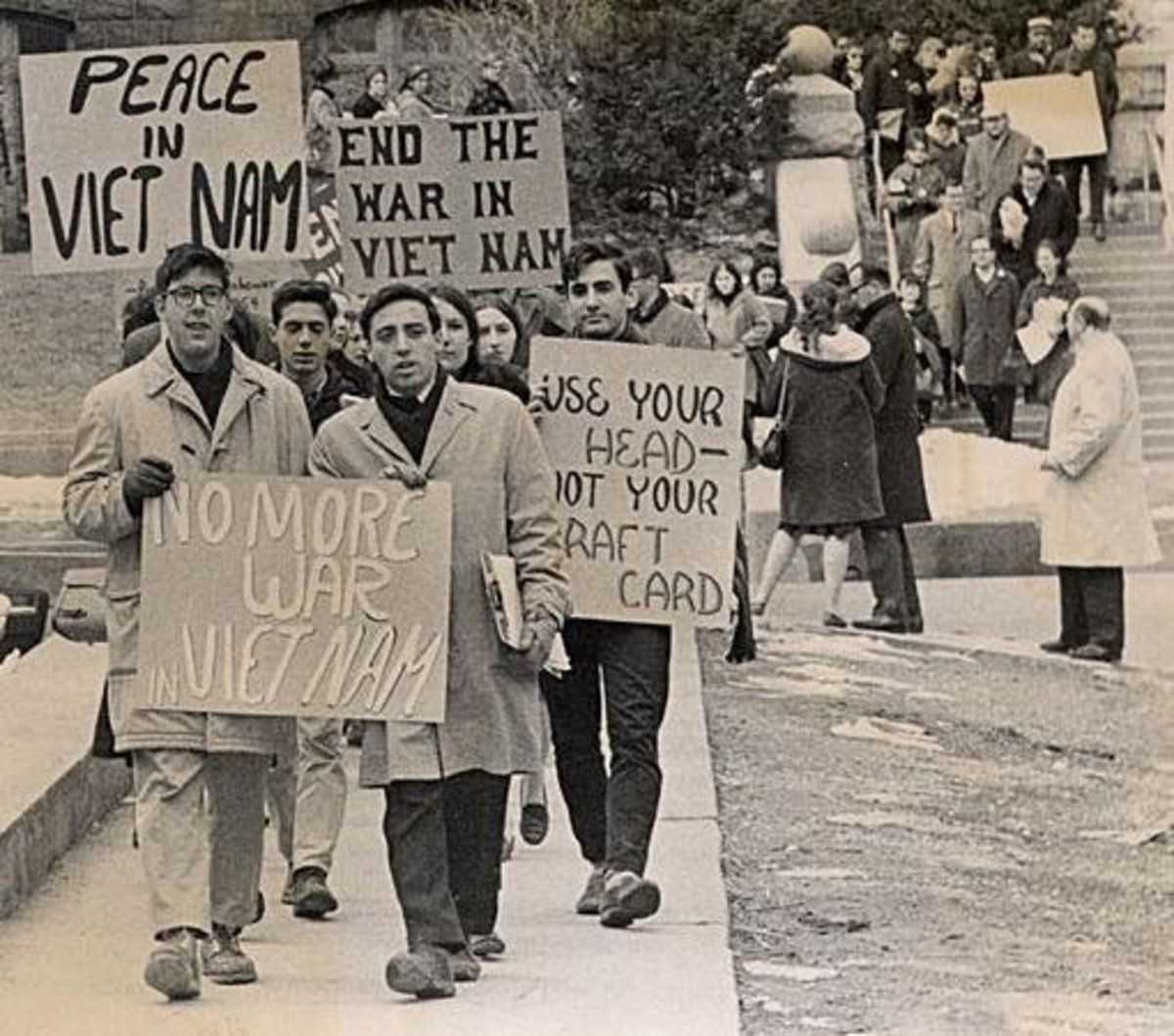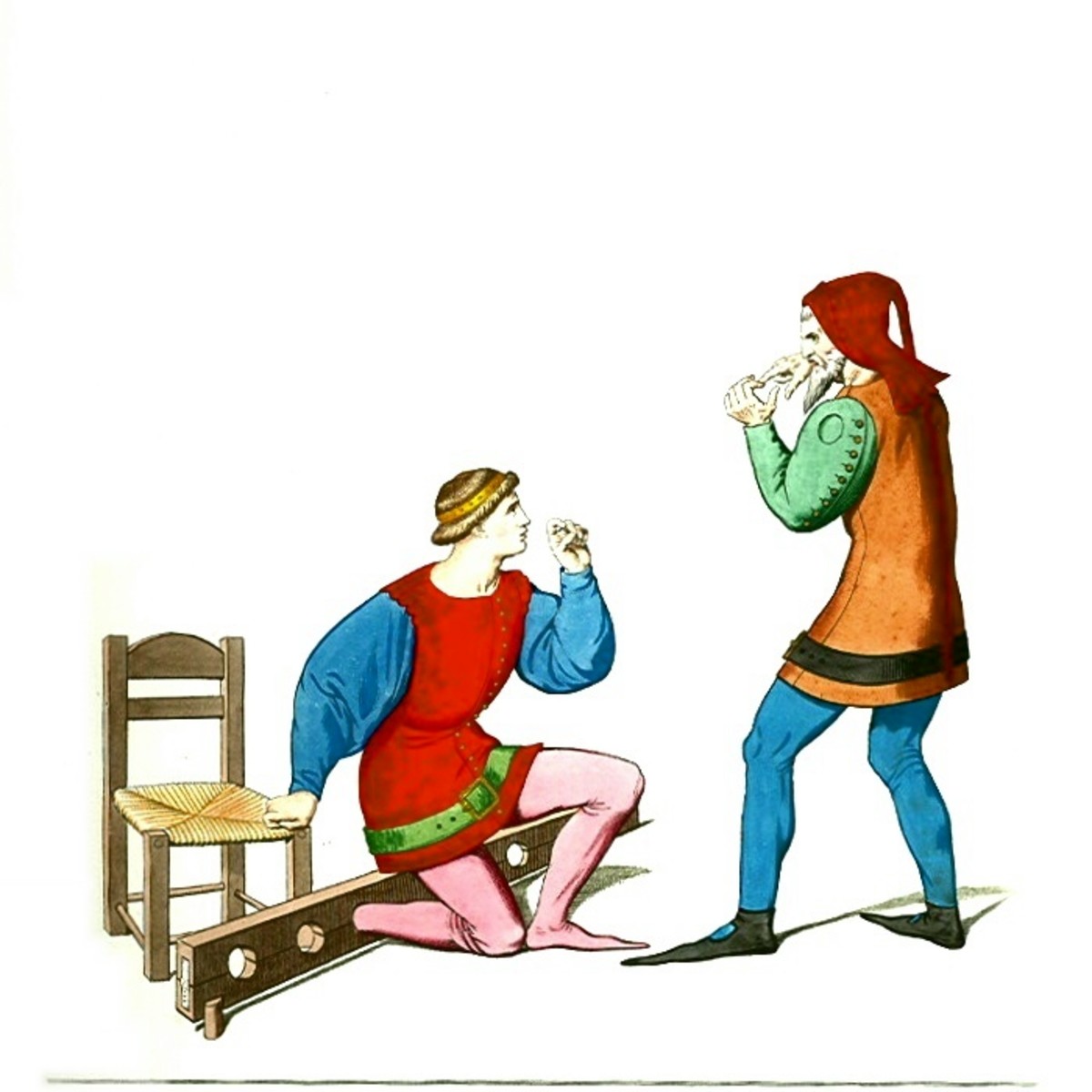The Theories Behind Media & The Message

Did you learn something new from this article?
Media is a convenient tool for public relations ability to communicate with massive audiences. With technology rapidly on the rise, it appears that there will be an infinite number of options to reach a particular public in the near future. However, the older theories that support the idea of how a message is recieved have mainly stayed consistent. One-step flow, two-step flow and multi-step flow are a few of the many theories that are relevent in transmitting a message. There are arguments as to what the message really is though. Regardless, the fact is that the public wants to be informed and heard, and both can be accomplished through the media.
The theory of one-step flow is basically that a sender sends a message to a receiver and the receiver takes action. According to Public Relations: Strategies and Tactics, this is a form of the bullet theory, which means that a receiver does exactly what the medium says and does not consider any outside factors. This obviously is not likely to happen for any company, including public relations departments. The two-step flow theory explains that after a sender releases a message through a medium it is then analyzed by an opinion leader who deems it credible or not. Based on the opinion leader's thoughts about the message, the receiver of the message will then decide what action to take. For example, a public relations department puts out a statement to the public stating that their company is helping in the fight against world hunger in order to raise awareness. The opinion leader (who may be a father, friend, neighbor, etc.) of the reciever of that message may approve of what they are doing and claim that they are a good, philanthropic company, so the receiver will also share those thoughts.
The final, and most realistic, concept is the multi-step theory. With this theory the sender puts out a message through the medium and it is determined by multiple opinion leaders, who have been influenced by their opinion leaders, that a message is credible or not. Then, based on the ideas of the multiple opinion leaders, the receiver will act accordingly. It should be understood by people in Public Relations that mass audiences are affected by many opinion leaders and outside sources. Therefore, those similiar groups of individuals within the mass audience may need to be catered to differently in order to get the message approved and acted on as desired. In some cases, that even means getting creative and utilizing messages in different ways.
Philosopher Marshall McLuhan would argue that the medium used is the message. He claimed that media has expanded communities into a "global village". In other words, the advancements in media technology allows us to experience events, as they happen, together. However, McLuhan also said that the media helps in some areas and hurts in others, such as the type of medium that is voluntarily or involuntarily utilized. This couldn't be more applicable for public relations practitioners. With the popularity of viral videos on the rise, good or bad publicity can be spread extremely quickly which either gives people in PR something to boast over or come up with some sort of damage control. Another concept that McLuhan created is "hot" and "cool" mediums. A hot medium is one where there is more sensory data and allows for complexity in the message. A cool medium is just the opposite. In public relations, it is crucial to use the hottest medium possible in order to get the desired message accross. However, since McLuhan's death there have been great advancements in technology which provide for more hot mediums, resulting in the ability for more complex messages.
Ove Westin contested that the audience is the message. His point was that since media's main purpose is generate a profit, it was important to expand the audience as much as possible in order to charge more for advertising. Relating to television, Westin said it was important to have the least objectional programming so people would feel comfortable and have no reason to change the channel. Public relations practitioners clearly must take note of this theory because it correlates with the principles of PR. If a company's publics are accurately informed and feel comfortable with their way of communicating, there is no sense in changing it because they are running the risk of making the publics feel unsure.
William Stephenson's "play theory" insisted that the use/application determined the message. In other words, people have a need to interact and feel involved. This is why any public relations effort should attempt to make the general public aware that their input was heard and made a difference in the outcome. Also, the internet has made it possible to have two-way communications with the people, which is a very direct method of addressing issues.
Of course, there are those people that reject all of these theories as potential tools. They simply claim that the message is the message. The truth of the matter is that no individual concept is good enough to disgard the other tools that can be used in public relations. Like work tools, the PR tools that one chooses to use must depend on the job that it will be trying to accomplish.








